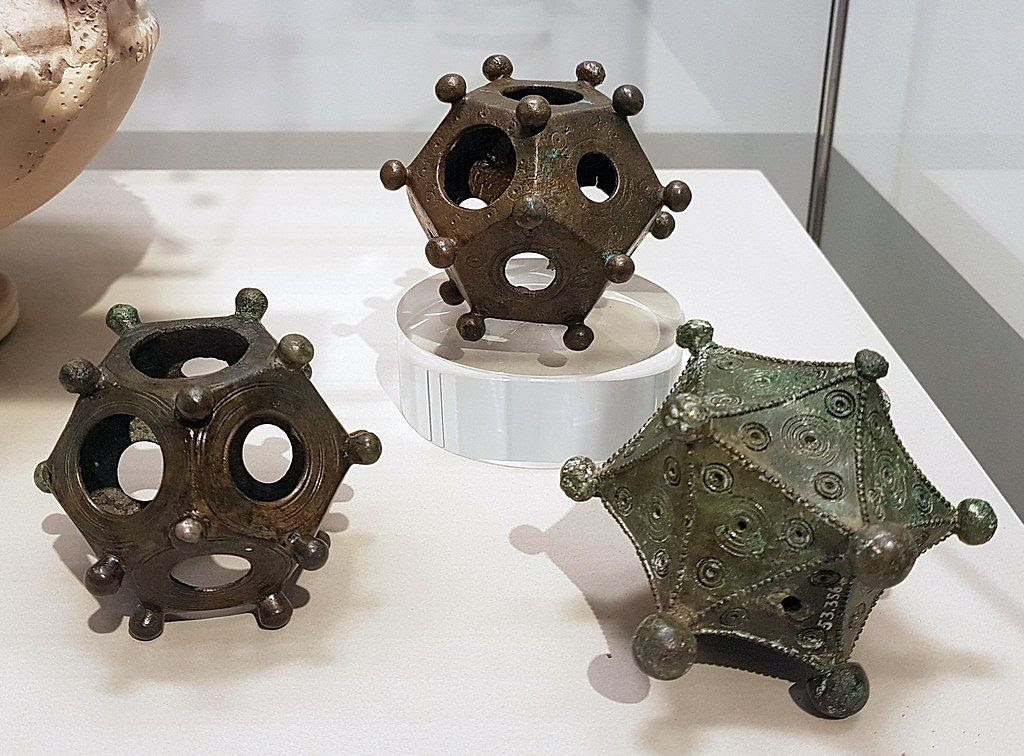Aspects of Maltese linguistics
[Full disclosure: the reason I am so consumed by the Arabic vernaculars is because of their own inherent, intrinsic nature, but I must confess that I'm also preoccupied by their comparative parallelism with the Sinitic "topolects". The workings of both are extremely difficult to comprehend.]
This post is to follow up on VHM's "Arabic and the vernaculars, part 6" (5/12/24) and Mark's "Maltese Arabic: Correction?" (5/13/24), plus J.W. Brewer's excellent first comment to the latter.
Mark ends his post thus: "…it seems entirely wrong to exclude Maltese from a taxonomy of Arabic 'colloquials' or 'vernaculars' (i.e. Arabic languages), purely on the grounds of its borrowings from Italian." I would not want to do that.
To provide for a more nuanced evaluation of the position of Maltese vis-à-vis the Arabic vernaculars, below I cite several scholarly accounts of the subject and related issues. Extensive coverage of the history of the languages on Malta is provided.
Maltese language, Semitic language of the Southern Central group spoken on the island of Malta. Maltese developed from a dialect of Arabic and is closely related to the western Arabic dialects of Algeria and Tunisia. Strongly influenced by the Sicilian language (spoken in Sicily), Maltese is the only form of Arabic to be written in the Latin alphabet."
That's the bare bones. As we shall find in the following paragraphs, the complexities of Maltese are far greater than can be told in such a capsule description.
Read the rest of this entry »

